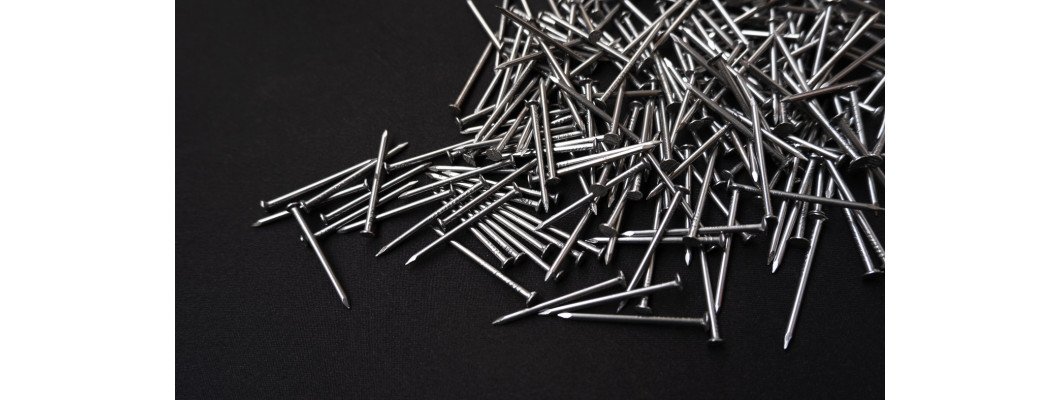
Galvanic zinc coating and hot-dip zinc coating: differences on the example of steel nails
Galvanized zinc and hot-dip zinc coating are two common methods used for protecting steel surfaces from corrosion. These methods are employed in steel products, including nails, to enhance their durability and minimize the impact of corrosive factors. Although both methods involve the use of zinc as a protective coating, they differ in principles and properties.
Galvanized zinc coating, also known as electrolytic zinc plating, is a process in which a layer of zinc is applied to steel using an electrolyte solution and electrical current. In this process, the steel item serves as the cathode, while the zinc anode dissolves, depositing zinc onto the steel surface. Galvanized zinc coating provides effective corrosion protection as zinc is more active than steel. This method can be used to produce a thin, uniform layer of zinc on the surface of nails, ensuring longevity and corrosion resistance.
On the other hand, hot-dip zinc coating, also known as hot-dip galvanizing, involves immersing steel products into molten zinc. During this process, the steel nails absorb the zinc, forming a strong alloyed connection. Hot-dip zinc coating is thicker and more resistant to wear compared to galvanized zinc coating. This method also offers a high level of corrosion protection as zinc forms a protective layer that prevents the penetration of moisture and other corrosive agents onto the steel surface.
One of the key differences between galvanized zinc coating and hot-dip zinc coating lies in their application methods. Galvanizing requires specialized equipment to create an electrical contact between the anode and cathode, whereas hot-dip coating involves simply immersing the steel items into molten zinc.
It is also worth noting that hot-dip zinc coating has higher resistance to mechanical wear as zinc forms a thick, strong layer on the steel surface. Galvanized zinc coating, although providing a high level of corrosion protection, may be less resistant to physical damage due to its thinner layer.
In conclusion, galvanized zinc coating and hot-dip zinc coating are effective methods for protecting steel nails from corrosion. Galvanizing employs electrolytic methods to apply a uniform layer of zinc, while hot-dip coating utilizes molten zinc to form a strong, thick layer. Both methods have their advantages and properties, and the choice between them depends on specific needs and operating conditions.